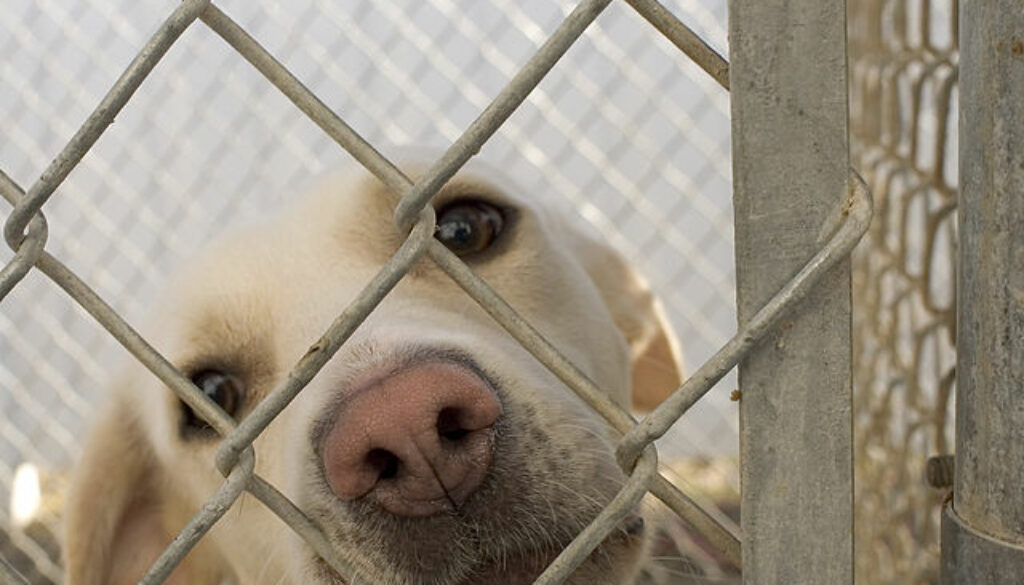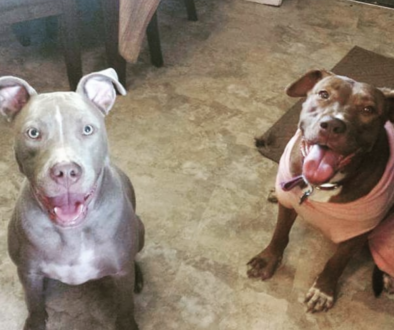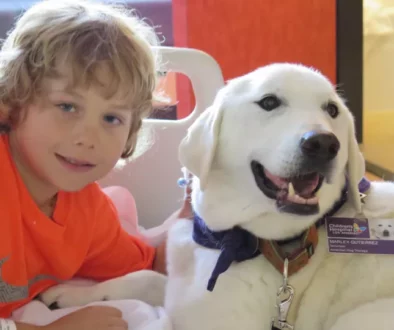The Pet Adoption Process Demystified: What to Expect
The pet adoption process demystified: What to expect is a step-by-step guide that provides valuable insights for those considering pet adoption. Choosing to adopt a pet is a big decision that can bring immense joy and fulfillment to your life. Not only are you providing a loving home to an animal in need, but you are also gaining a faithful companion who will bring endless happiness. However, the pet adoption process may seem overwhelming, especially if you are unsure of what to expect. In this article, we will demystify the pet adoption process and guide you through each step, ensuring a smooth and successful adoption experience.
Pet adoption has become increasingly popular, as more and more people recognize the benefits of welcoming a furry friend into their lives. Adopting a pet not only saves a life but also offers numerous advantages such as improved mental health, increased physical activity, and a sense of purpose. By understanding the pet adoption process, you can ensure that you are prepared and make informed decisions for the well-being of both yourself and the animal you choose to adopt.
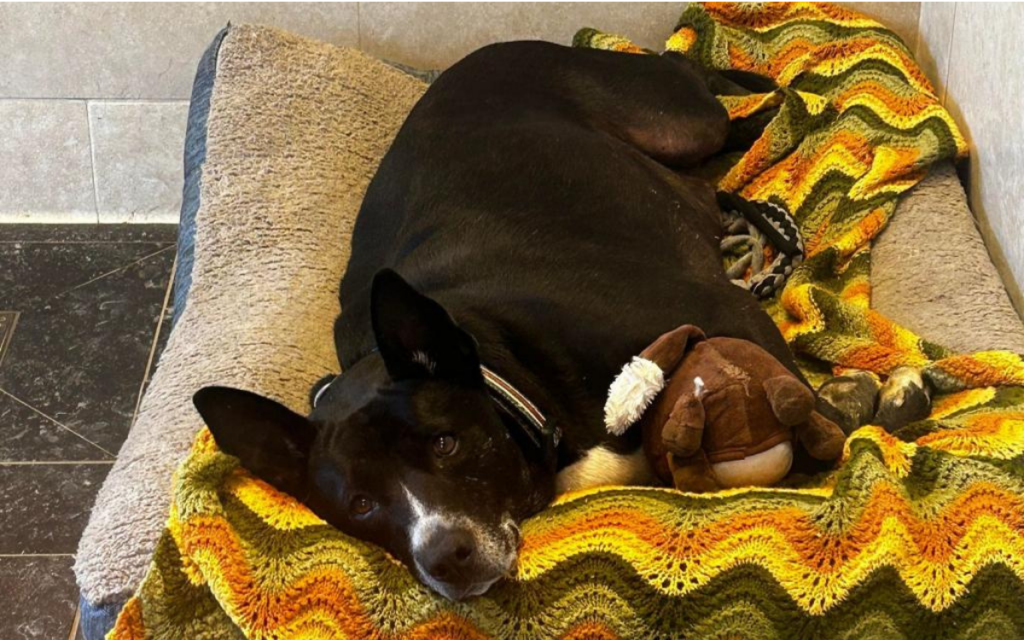
Research and Preparation
Before embarking on the pet adoption process, it is essential to conduct thorough research and prepare yourself for the responsibilities that come with pet ownership. This phase involves understanding different pet breeds, identifying the right pet for your lifestyle, and considering various factors before making the decision to adopt.
Understanding Different Pet Breeds
Every pet breed has its unique characteristics, including size, energy level, temperament, and grooming requirements. Take the time to research and familiarize yourself with different breeds to determine which ones align with your preferences and lifestyle. If you have specific traits in mind, such as a hypoallergenic pet or one suitable for small living spaces, narrowing down your options based on breed traits can be helpful.
Identifying the Right Pet for Your Lifestyle
It’s crucial to assess your own lifestyle and determine what type of pet would best fit into it. Consider factors such as your daily routine, activity level, and the amount of time and attention you can dedicate to a pet. If you lead an active lifestyle and enjoy outdoor activities, a dog that requires regular exercise may be a good fit. On the other hand, if you work long hours and prefer a low-maintenance pet, a cat or a small pet like a hamster or fish may be more suitable.
Factors to Consider Before Adopting
Before adopting a pet, there are several factors that you should carefully consider:
- Time commitment: Pets require time and attention for feeding, grooming, exercise, and companionship. Ensure that you can dedicate sufficient time to meet their needs.
- Financial responsibility: Owning a pet comes with expenses such as food, medical care, vaccinations, grooming, and supplies. Assess your budget to determine if you can comfortably afford these costs.
- Long-term commitment: Pets become part of your family and can live for many years. Ensure that you are ready for the long-term commitment and are willing to provide love and care throughout their lifespan.
- Allergies: If you or a family member has allergies, consider hypoallergenic pet breeds or consult with an allergist to determine the best options for you.
- Living arrangements: Before adopting, check if there are any restrictions on pet ownership in your residence, such as size or breed limitations, or additional fees.
- Family dynamics: Consider the dynamics of your household, such as the presence of young children or other pets, and how a new pet would fit in with the existing members of your family.
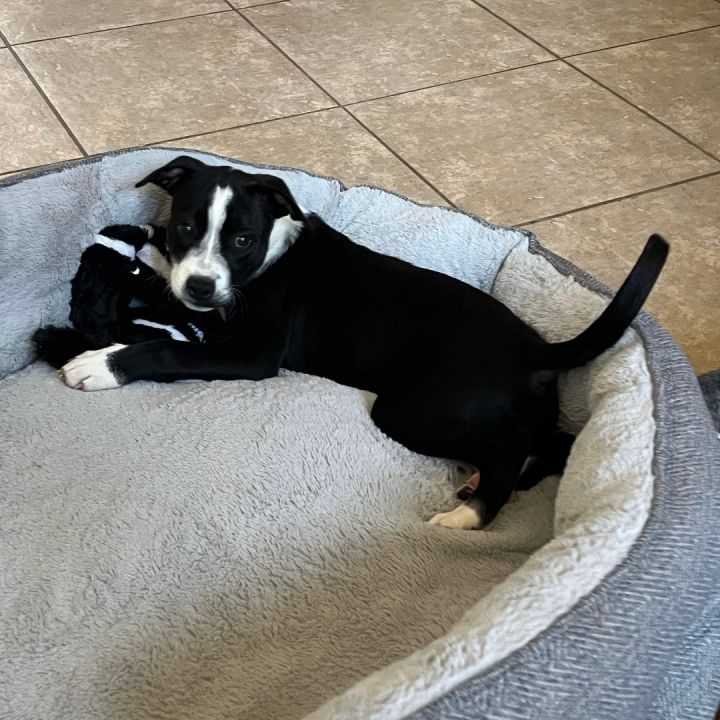
Choosing a Shelter or Rescue Organization
When embarking on the pet adoption process, it is important to find a reputable shelter or rescue organization that shares your values and prioritizes the well-being of the animals in their care. This involves researching local shelters, visiting them to meet potential pets, and assessing their policies and environment. Additionally, once you have chosen a shelter, you will go through an application and screening process to ensure that you are a suitable pet owner.
Researching Local Shelters
Start by researching local shelters and rescue organizations in your area. This can be done through online searches, asking for recommendations from friends or family, or checking with local animal welfare groups. Look for shelters that have a good reputation, positive reviews, and a track record of successfully matching animals with loving homes. Take the time to read about their mission, values, and the services they offer.
Visiting Shelters and Meeting Potential Pets
Once you have identified a few shelters of interest, make arrangements to visit them in person. This allows you to experience the shelter environment and interact with the animals. Take note of the cleanliness and overall condition of the facility. Observe how the staff and volunteers interact with the animals and how they handle adoptions. Spend time getting to know the potential pets by playing or petting them, and see if there is a connection or bond that forms.
Assessing the Shelter’s Policies and Environment
During your visits, gather information about the shelter’s policies and procedures. Inquire about their adoption process, including any requirements or restrictions they have in place. Ask about the animal’s medical history, behavior assessment, and any known behavioral or medical issues. It is essential to understand how the shelter handles animal care and socialization, and the steps they take to ensure the well-being of the animals. A reputable shelter will be transparent and open to answering your questions.
Application and Screening Process
Once you have selected a shelter and decided on a potential pet, you will be required to fill out adoption forms. These forms typically ask for personal information, previous pet ownership experience, and references. Be prepared to provide details about your daily routine, the amount of time you can dedicate to the pet, and any plans for future relocations. This information helps the shelter assess whether you are a suitable candidate for adoption.
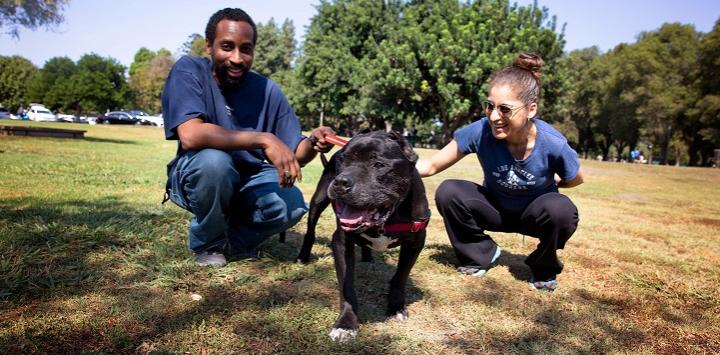
Filling out Adoption Forms
Take your time to complete the adoption forms thoroughly and accurately. Provide honest information about your current living situation, family members, and any pets you already have. Some forms may also ask about your expectations as a pet owner and your views on pet care. The more detailed and comprehensive your answers, the better the shelter can understand your suitability as a pet owner.
Providing References and Personal Information
Shelters may request references from your veterinarian, landlord (if applicable), or personal contacts who can vouch for your responsible pet ownership. Ensure that you have obtained permission from your references to provide their contact information. You may also need to show proof of identification, such as a driver’s license or passport, to verify your identity.
Home Visit and Interview
As part of the screening process, shelters may conduct a home visit to ensure that your living environment is suitable for the pet you wish to adopt. This involves a shelter representative visiting your home to assess safety measures, potential hazards, and the overall suitability of the specific pet. They may also conduct an interview to discuss your expectations, responsibilities, and readiness to welcome a new pet into your home.
By thoroughly researching and visiting shelters, assessing their policies, and completing the application and screening process, you can ensure that you are adopting from a reputable organization and that both you and your potential pet are set up for a successful adoption journey.
Meeting the Pet and Making a Decision
Once your application is approved, you will be able to meet the pet you are interested in adopting. Take the time to interact with the animals and observe their behavior. Consider factors such as compatibility, temperament, and any special needs they may have. Consult with shelter staff or adoption counselors who can provide valuable insights and guidance based on their interactions with the pet.
Adoption Fees and Paperwork
Upon deciding to adopt a specific pet, you will need to pay the adoption fees. These fees vary depending on the shelter or rescue organization but often cover costs such as vaccinations, spaying/neutering, and initial medical care. Additionally, you will be required to review and sign adoption contracts that outline your responsibilities as a pet owner and the shelter’s policies.
Bringing Your New Pet Home
Preparing your home for the arrival of your new pet is crucial to ensure a smooth transition. Set up a designated area with food, water, bedding, and toys. Remove any potential hazards and ensure that your home is pet-proofed. Introduce your new pet to family members and other pets gradually, allowing them to adjust to their new surroundings. Establishing a routine early on will aid in their acclimation and provide a sense of security.
Post-Adoption Support and Resources
Many shelters and rescue organizations offer follow-up support for new pet owners. They may provide guidance on training, behavior issues, and any questions you may have. Take advantage of these resources and seek assistance if needed. Additionally, consider joining pet adoption support groups or online communities to connect with fellow pet owners and share experiences.
Common Challenges and How to Overcome Them
While pet ownership brings immense joy, it also comes with certain challenges. Separation anxiety, housebreaking, and potential health issues are common hurdles that pet owners may face. Research and educate yourself about these challenges to be prepared and seek professional help if necessary. Patience, consistency, and positive reinforcement are key to overcoming these obstacles.
The Joys of Pet Ownership
Owning a pet brings immeasurable joy, unconditional love, and companionship. Their presence alone can enhance your emotional well-being and decrease stress levels. Pets provide a sense of purpose and teach valuable life lessons such as responsibility, empathy, and unconditional love. The bond between a pet and its owner is unique and deeply rewarding.

Conclusion: The Adoption Process Demystified
The pet adoption process may initially seem complex, but with the right information and preparation, it can be an incredibly rewarding experience. By understanding the various steps involved, from research and preparation to bringing your new pet home, you can ensure a successful adoption and a lifetime of happiness for both you and your furry companion.
Also Read:
Pet Care Tips for Cats for Beginners
Pet Care Tips for Dogs for Beginners
